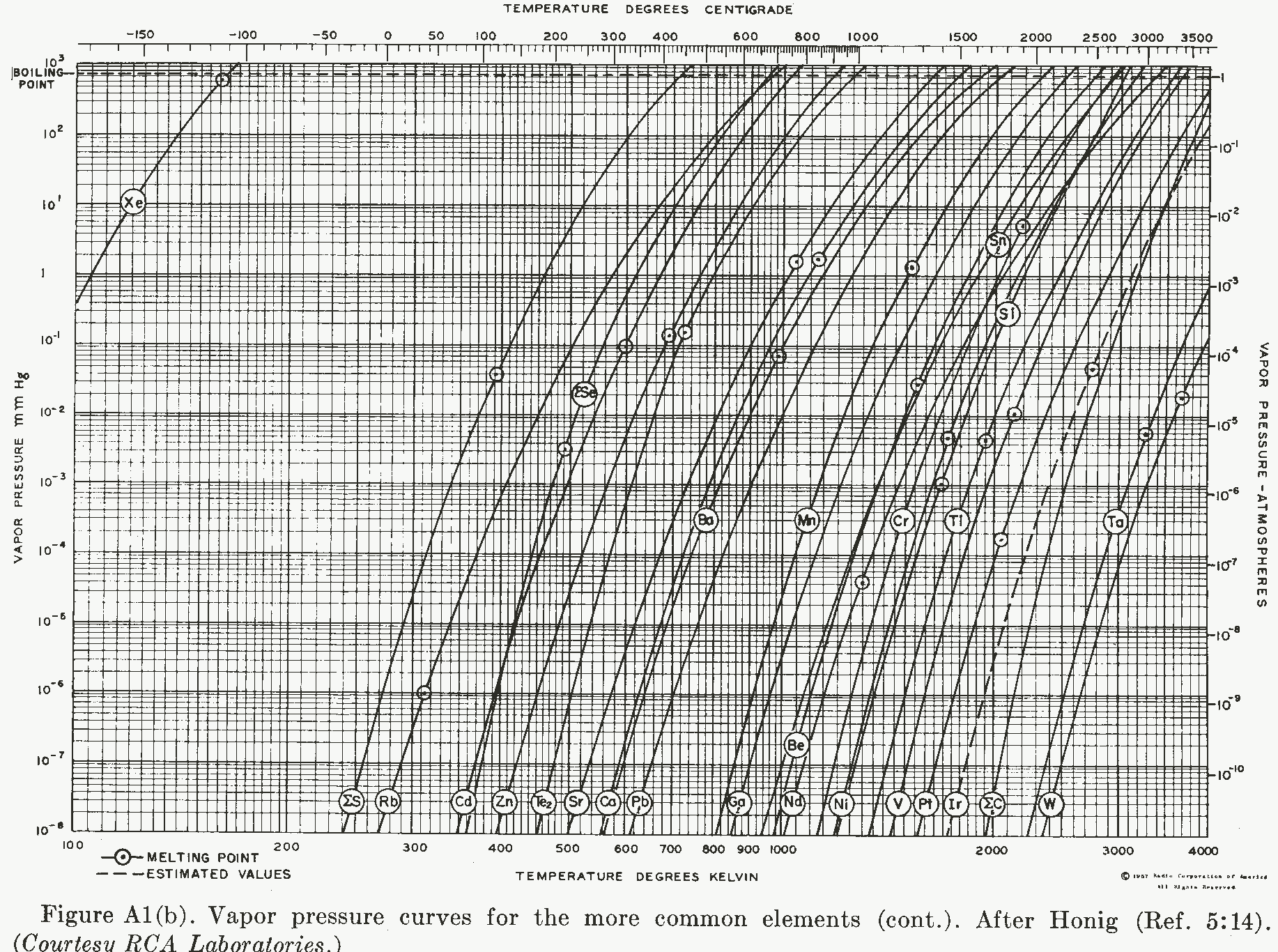
Strength of bond? I don't know.

Quote: Originally posted by zed  |
Quote: Originally posted by draculic acid69  |
Quote: Originally posted by wg48temp9  |
Quote: Originally posted by Fulmen  |
Quote: Originally posted by Panache  |
Quote: Originally posted by wg48temp9  |
Quote: Originally posted by stamasd  |
Quote: Originally posted by stamasd  |
Quote: Originally posted by Panache  |
Quote: Originally posted by wg48temp9  |
